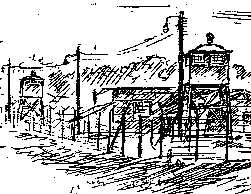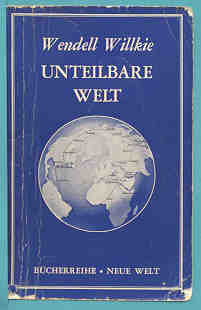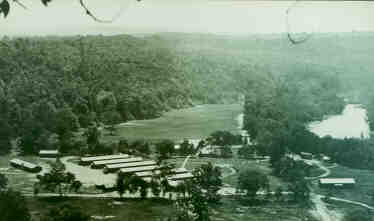| The Officers Club |
| |
| at Fort Niagara State Park |
Fort Niagara Prisoner of War Camp
|
|
During World War II over 380,000 German and Austrian prisoners-of-war were interned in the United States. With the escalation of war, labor shortages began to occur on the farms and in the factories of America. Prisoner-of-war labor became increasingly important. In June, 1944 the first major contingent of POWs from the Third Reich arrived at Fort Niagara.
Fort Niagara became the clearinghouse and central command post for many small POW camps scattered throughout western and central New York. Sub-camps were located in Medina, Oakfield, Hamlin Beach, Geneseo, Attica, Dunkirk, Letchworth Park (pictured here), Rochester, Newark, Oswego and several other places.
|
|
In October, 1944, a small top secret camp was located in Van Etten, New York between Ithaca and Elmira. Called the "Idea Factory" but shortened simply to "The Factory", it operated as an intelligence and propaganda installation bringing together U.S. intelligence specialists and German prisoners of war who were vehemently opposed to Hitler's regime. "The Factory" was very successful and, within six months, was moved to Fort Kearny, Rhode Island. For secrecy’s sake, "The Factory" always maintained its mailing address as "Fort Niagara".
Many POWs worked on western and central New York farms and food processing plants. For their work, the POWs were paid in two ways. While POWs, they were paid in coupons redeemable at the Camp Commissary. Most surprising to the internees was the lump sum paycheck from the United States they also received when they were returned to their homeland. The POWs were paid for their work. Their Geneva Convention approved work contributed millions of dollars to the American World War II Home Front economy.
|
|
The interaction of POWs with ordinary workaday Americans gave both sides a new and much more positive appreciation of their common interests, hopes, and fears about family, friends and an uncertain world about to enter the Cold War. Over 20,000 German POWs were specially selected to be trained in the "American Way" of government and economics prior to their repatriation. The Eustis Program was created in hopes that these former POWs would help rebuild Germany and Austria along more democratic lines.
|
|
Today, at the beginning of the 21'st century, we may look back at the American POW Camp system as a turning point for many thousands of Germans, Austrians, and Americans. The reconciliation between these former enemies began even before World War II had ended.
The impact of this "experiment in democracy" has yet to be fully measured. The POW museum component of the Officers Club Museum interpretive program hopes to encourage such research.
| OFFICERS CLUB SITE MAP |
| FORT NIAGARA STATE PARK | OLD FORT NIAGARA |
| Info-Poland a clearinghouse of information about Poland, Polish Universities, Polish Studies, etc. |



